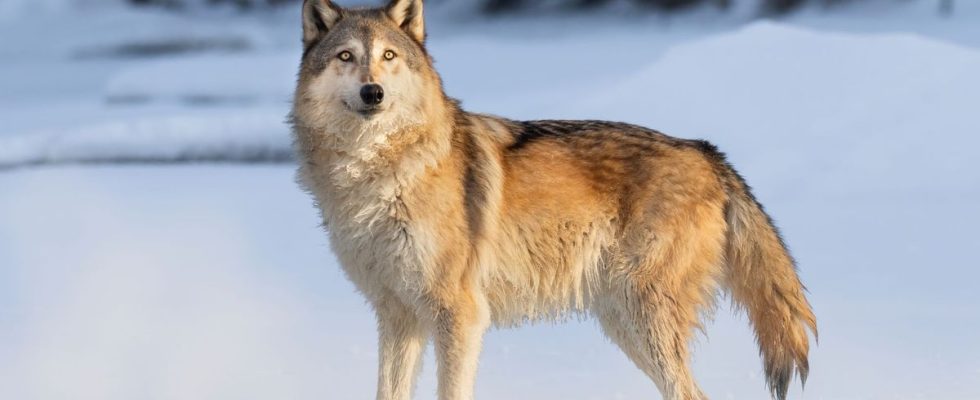Published on
Updated
Reading 2 min.
in collaboration with
Ivan Pourmir (medical oncologist)
Thirty-eight years since the Chernobyl disaster took place… If the population fled the area near the old power plant, the animals continued to occupy it. Exposed to carcinogenic radiation, wolves developed protective mutations. What lessons can be learned from this? The point of view of Ivan Pourmir, oncologist, member of the Doctissimo expert committee.
What if the Chernobyl disaster could help to find a way for humans to fight cancer? This hypothesis, which is not currently a reality, however arises following the publication of a press release from American researchers from Princeton University.
A nuclear disaster where nature regains its rights
After the nuclear accident at the Chernobyl power plant in Ukraine in April 1986, an area of approximately 2,200 square kilometers was abandoned by the population. But animals, on the other hand, particularly wolves, continued to occupy this space, while being regularly exposed to radiation.
An evolutionary biologist in Shane Campbell-Staton’s lab at Princeton University, Cara Love has closely followed these animals. In 2014, with her team, she went there to study the wolves and take blood samples, in order to understand how these animals were able to survive in the face of radioactive exposure. To find out what levels of radiation the animals were exposed to, the scientists also placed GPS collars on the animals, in order to obtain “real-time” measurements of where they are and the amount of radiation at which they are exposed. to which they are exposed.
Radiation levels six higher than the limit set in humans
Ten years later, scientists used the data collected by these collars. They demonstrate that wolves live while being exposed to very strong radiation, six times higher than that found in a human worker in this field.
According to Cara Love, “Chernobyl wolves survive and thrive despite generations of exposure and accumulation of radioactive particles in their bodies“. How is this explained? For the scientists, whose work has not yet been published, the immune system of these animals could be studied and genomic signatures were mutated. Cara Love and her team thus identified “specific regions of the wolf genome that appear resistant to increased cancer risk“.
An “interesting” avenue of research to fight cancer
To better understand the importance of this discovery, Doctissimo interviewed Ivan Pourmir, an oncologist who is a member of Doctissimo’s expert committee. According to him, this is an interesting avenue of research.
“It’s a way of using theories of evolution to understand how species change and how ‘natural selection’ takes place.” he explains first. “By observing animals, in this case wolves, over a long period of time, we can observe the genetic changes that take place following their exposure to radiation. Over time, only the most resistant individuals survive and we can then make genome comparisons to determine which cancer “protective mutations” have emerged.”.
A study all the more interesting since the wolf is close to the dog, an animal which fights cancer “in the same way as humans” underline the researchers.
